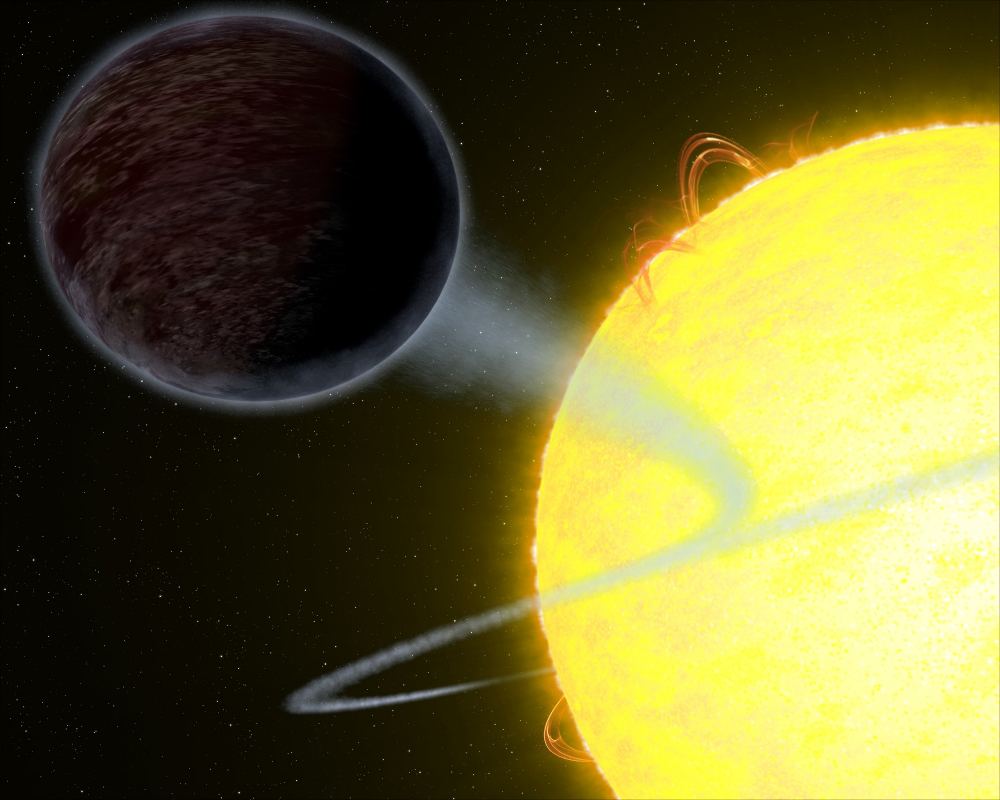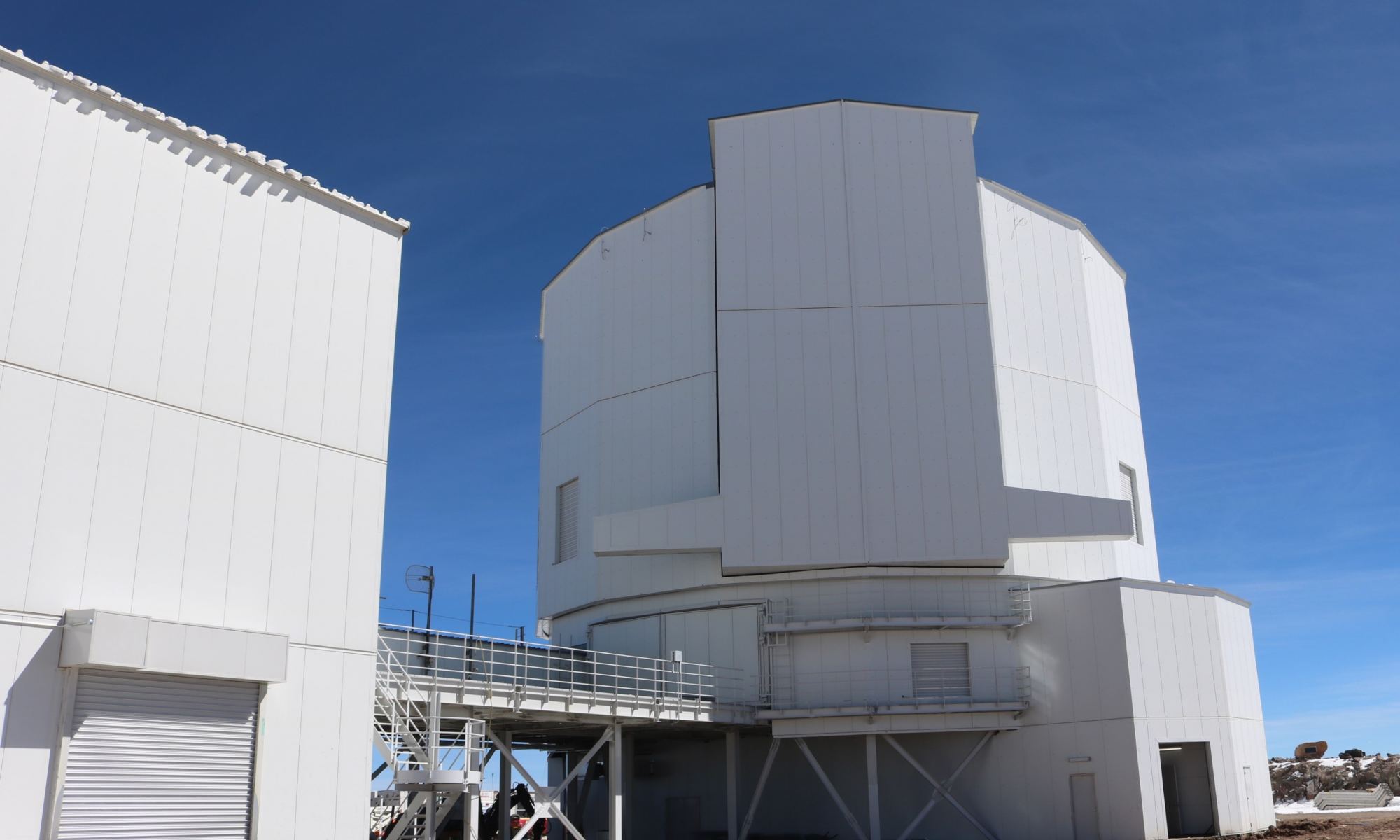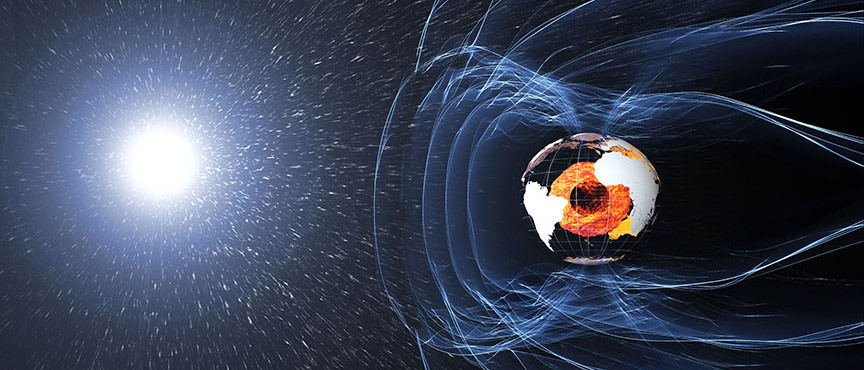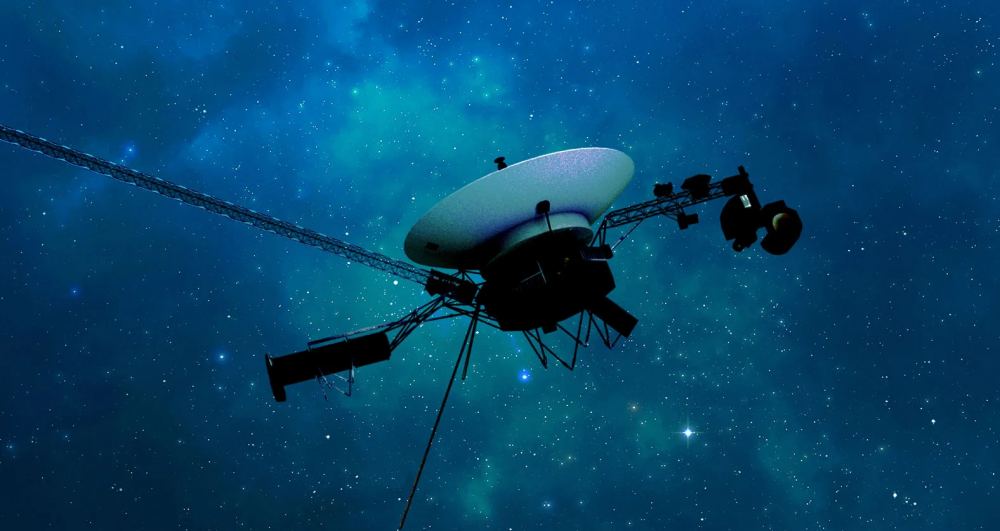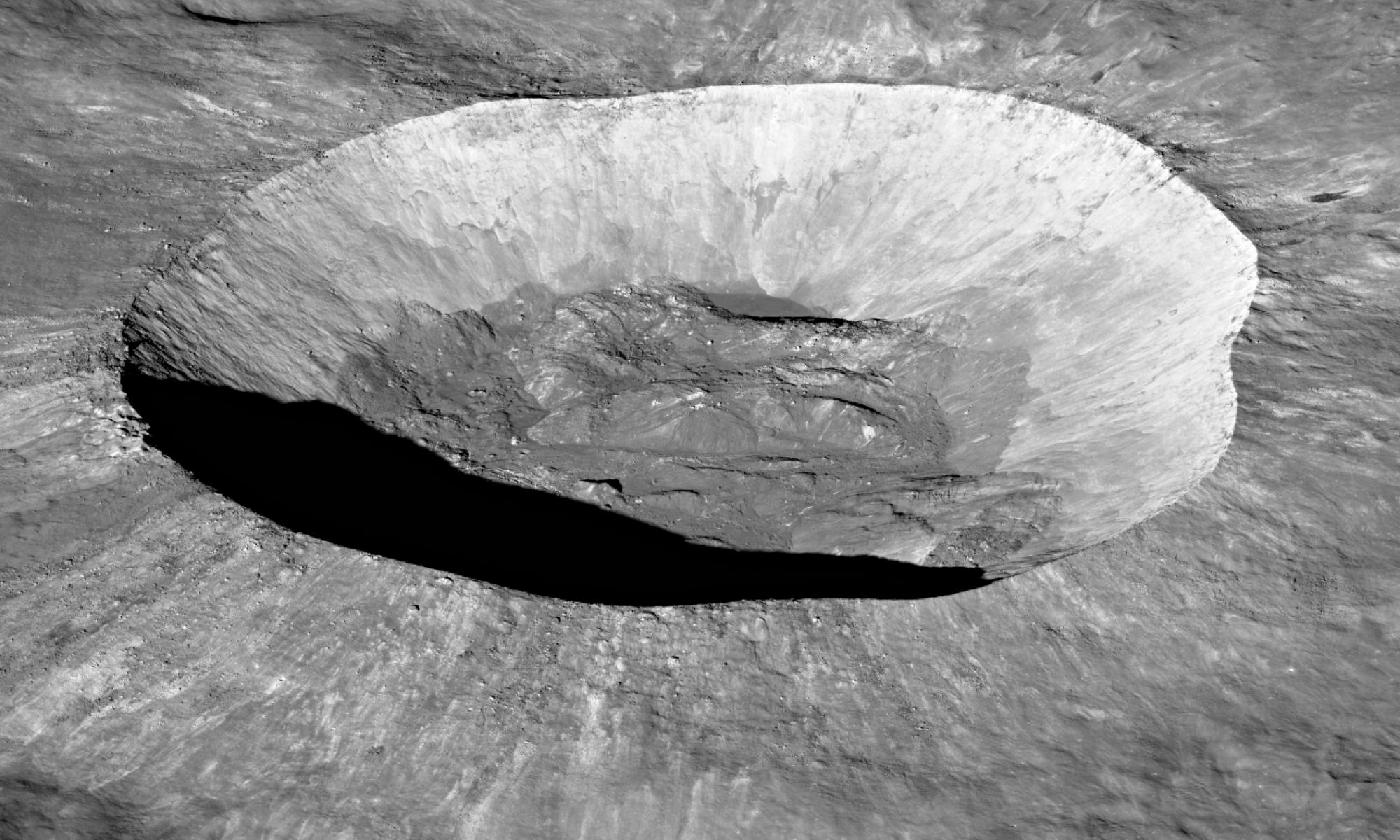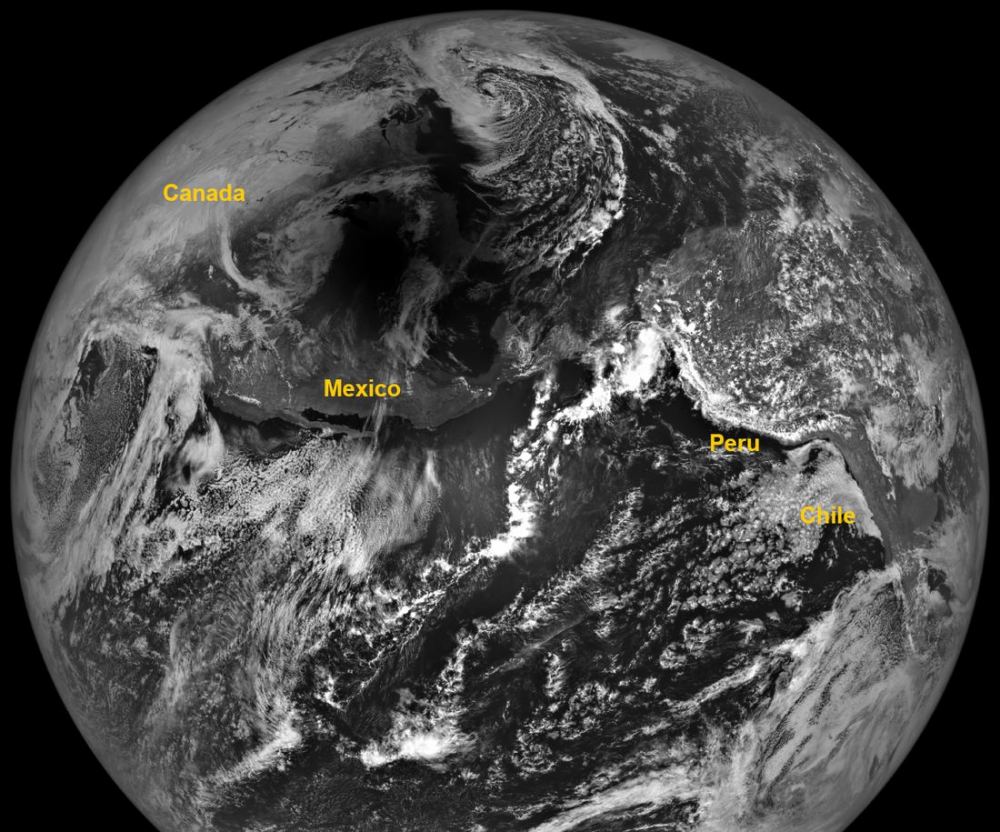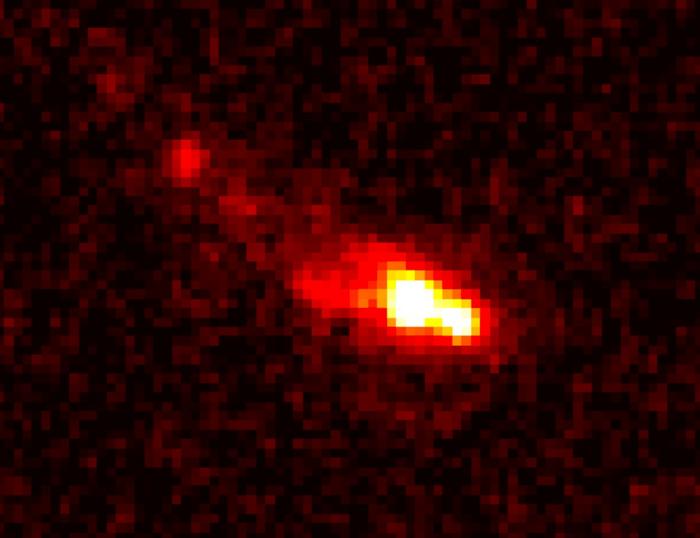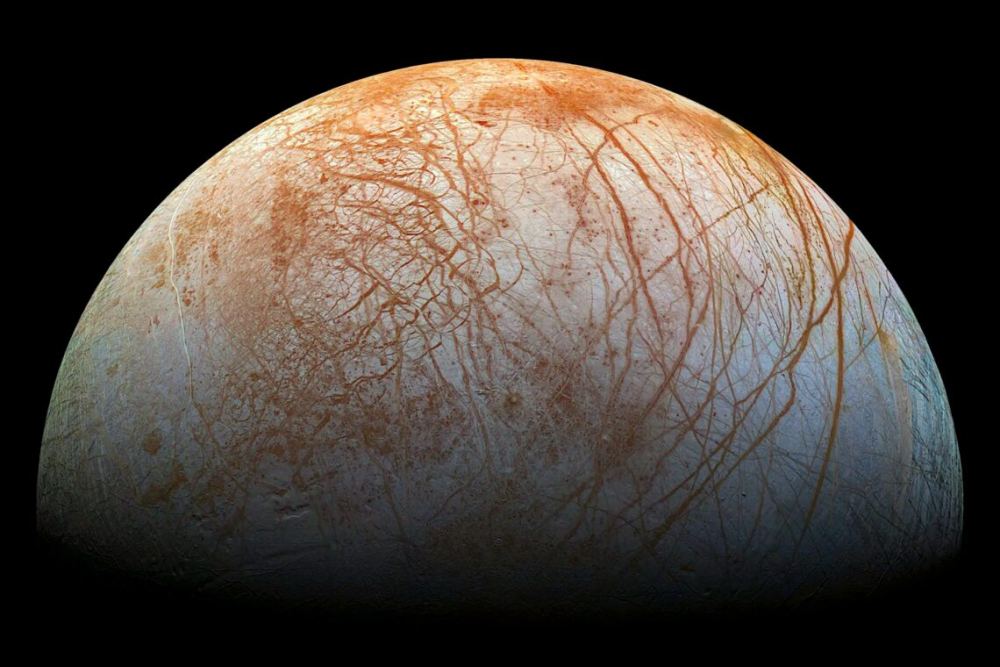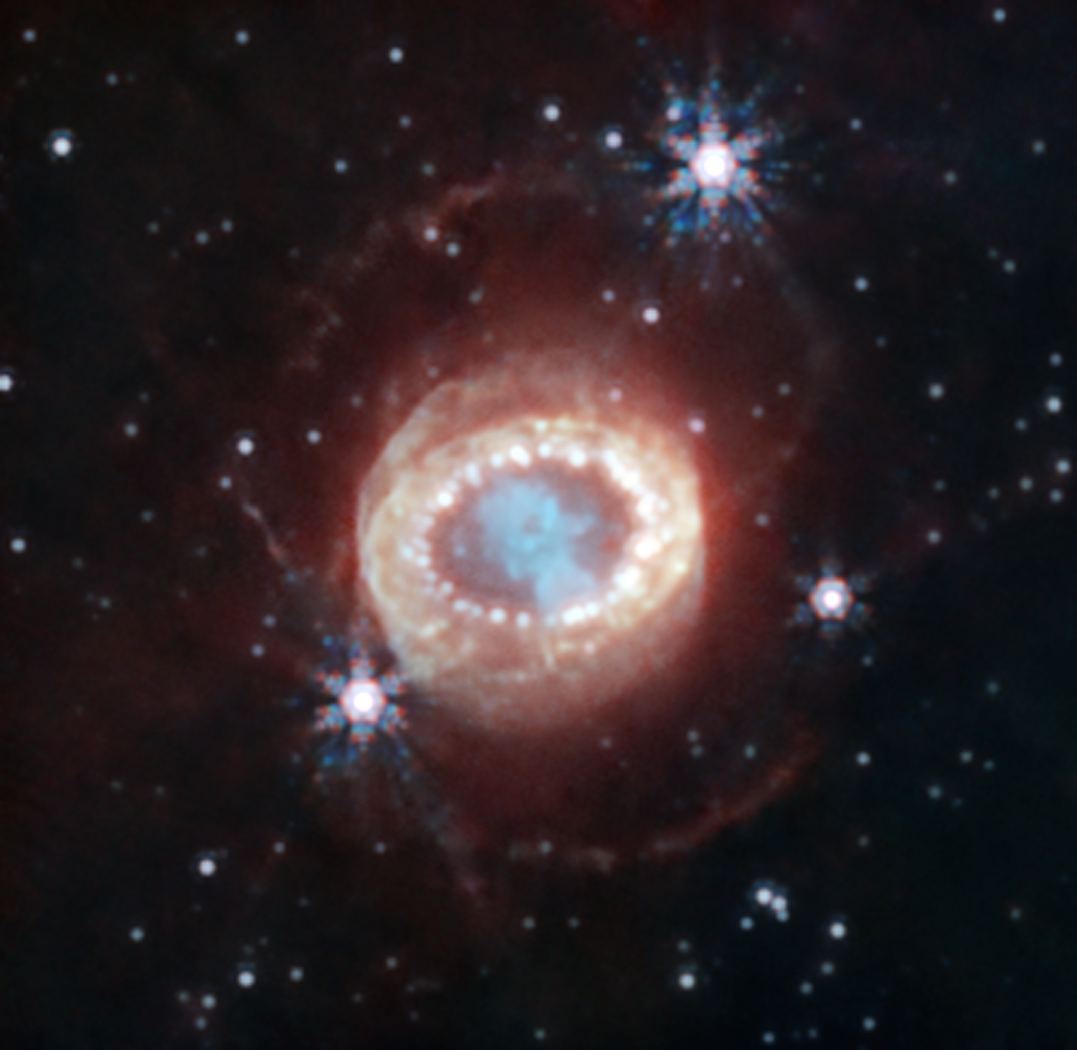Exoplanets are a fascinating astronomy topic, especially the so-called “Hot Jupiters”. They’re overheated massive worlds often found orbiting very close to their stars—hence the name. Extreme gravitational interactions can tug them right into their stars over millions of years. However, some hot Jupiters appear to be spiraling in faster than gravity can explain.
Continue reading “Why Hot Jupiters Spiral into Their Stars”Why Hot Jupiters Spiral into Their Stars
